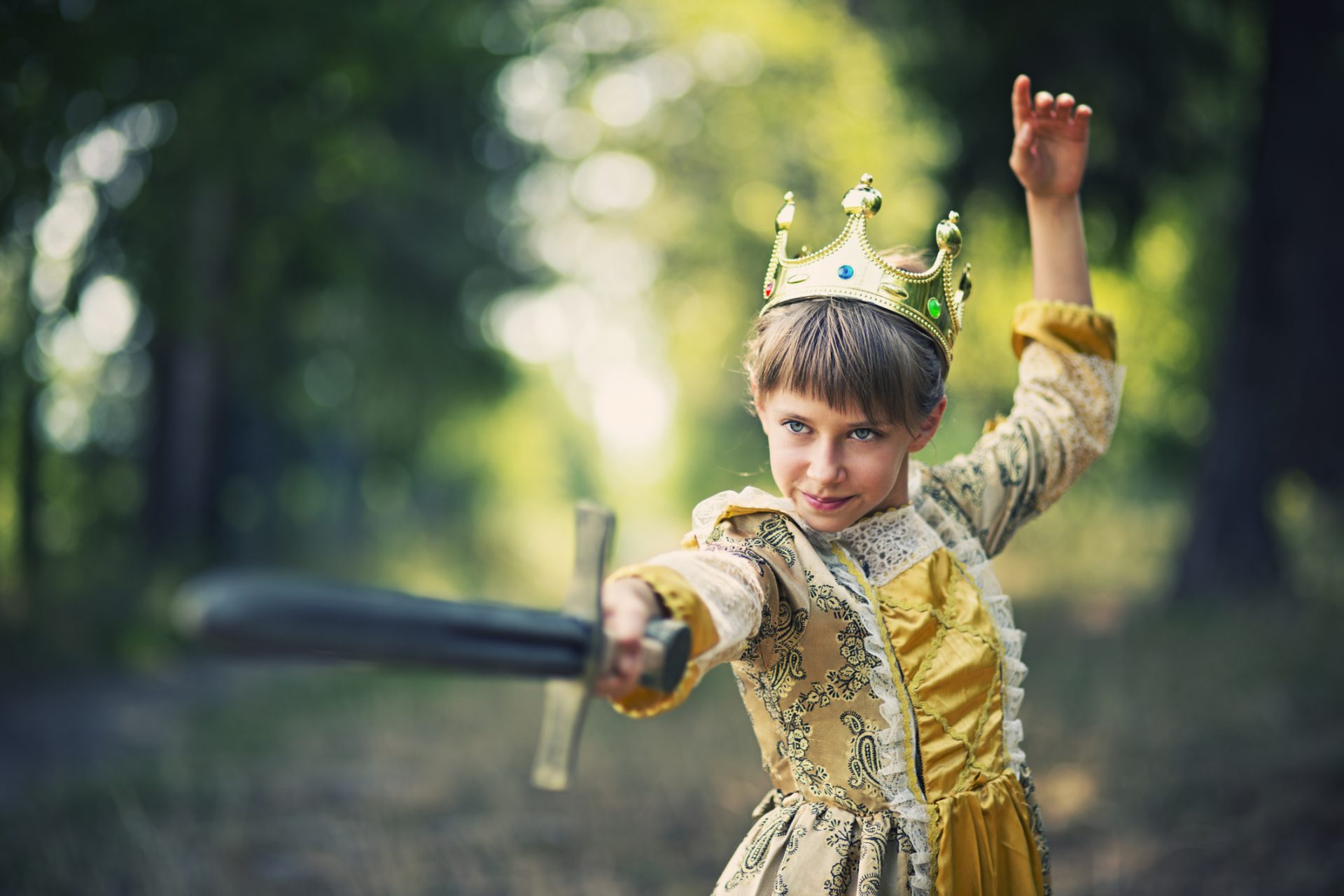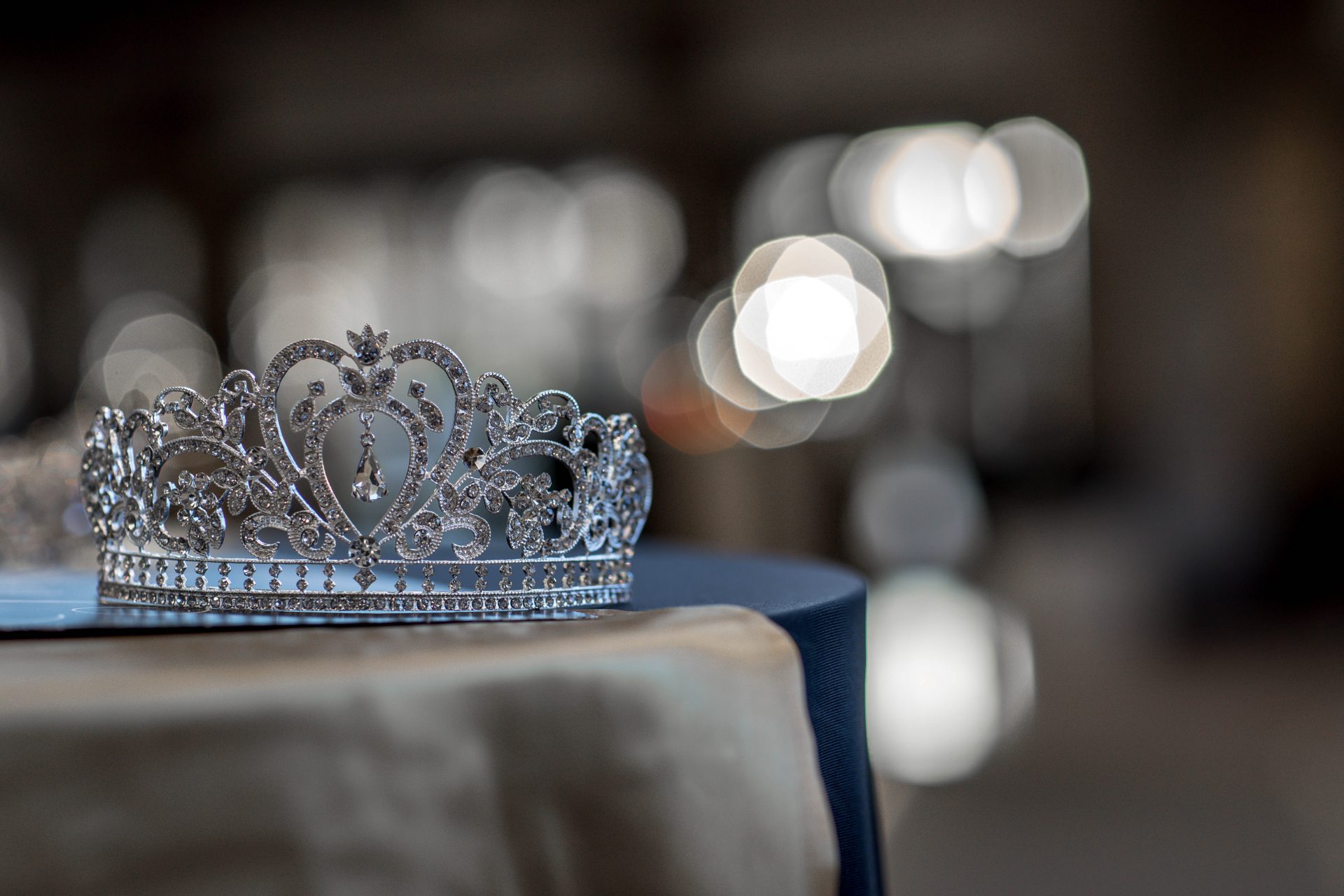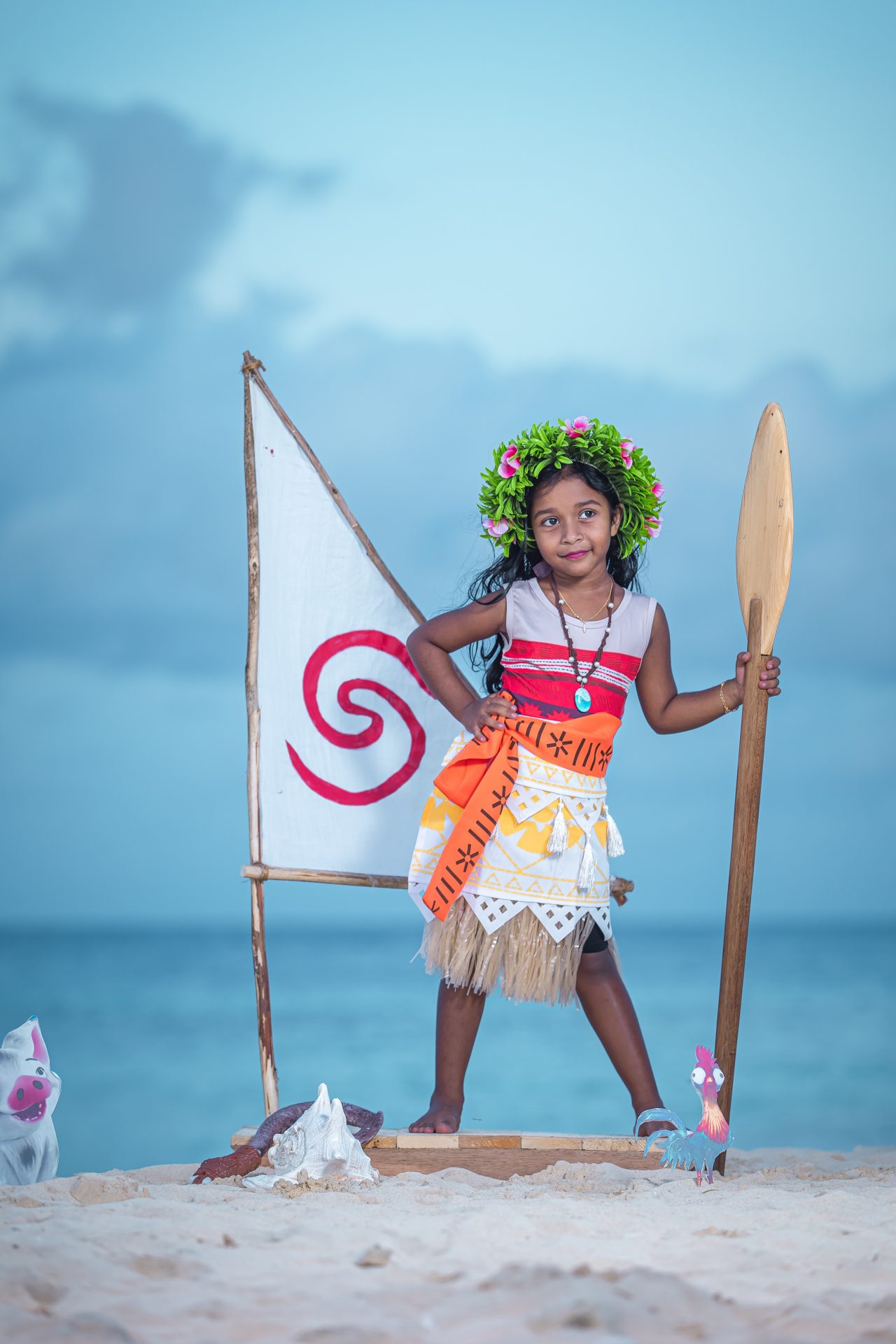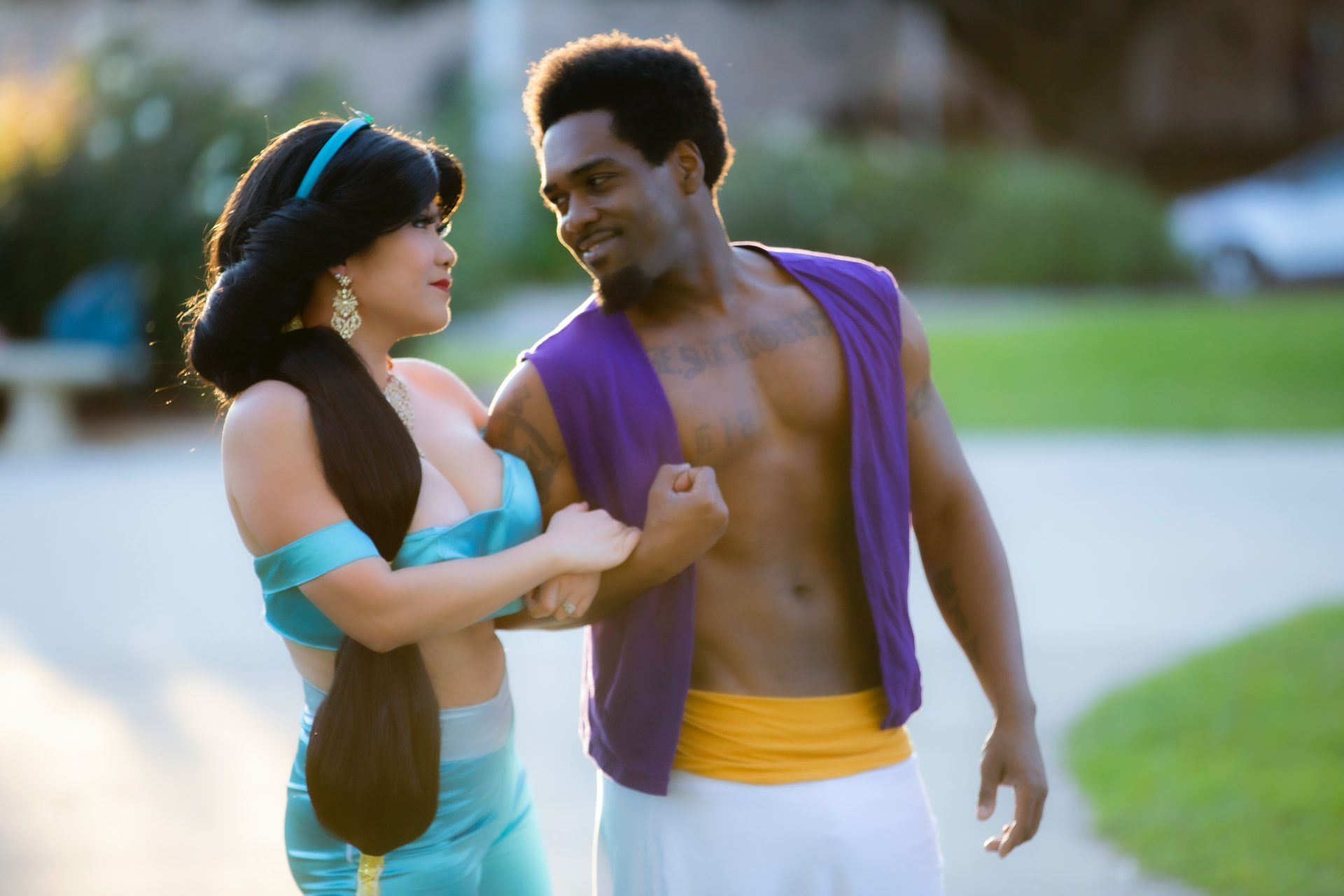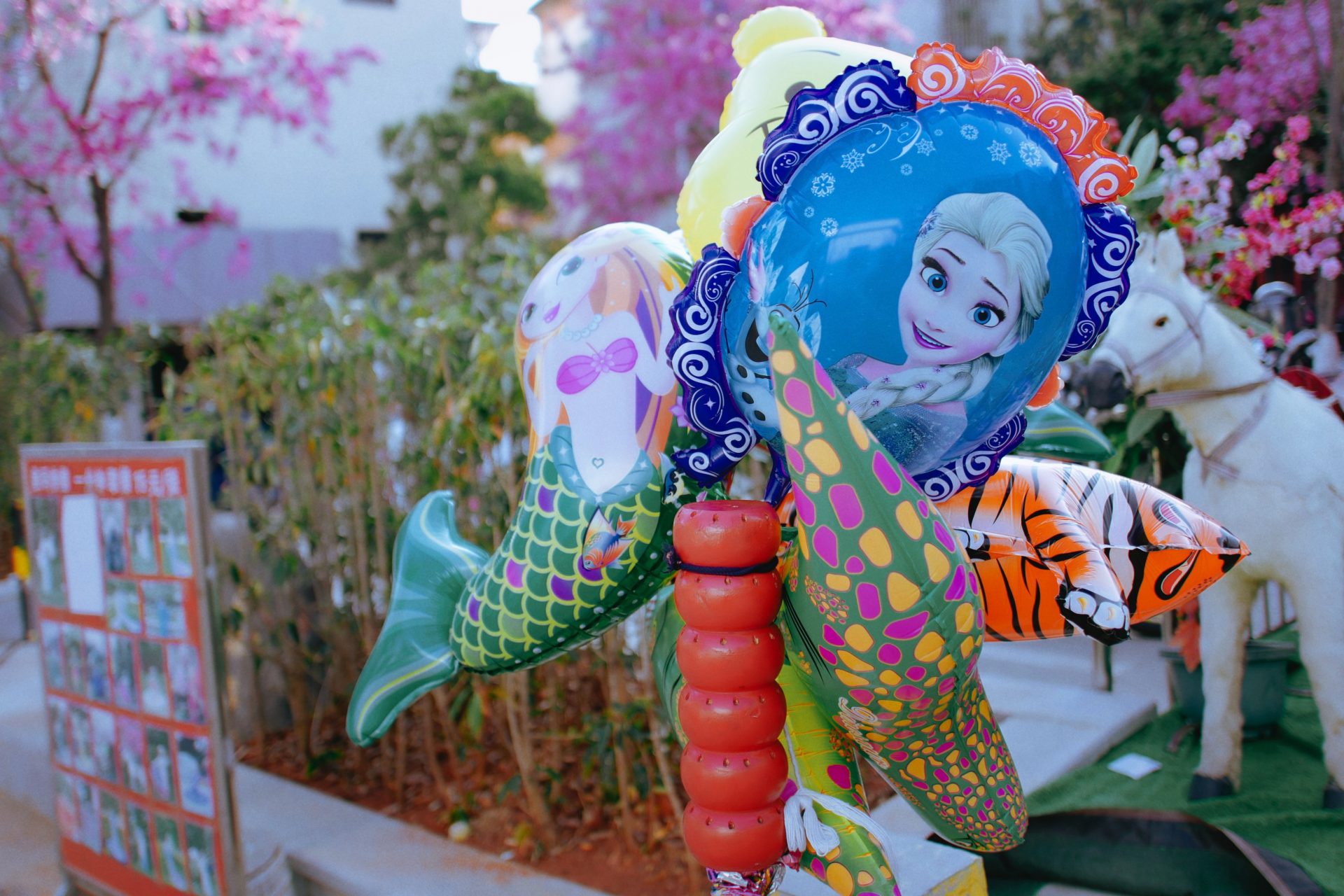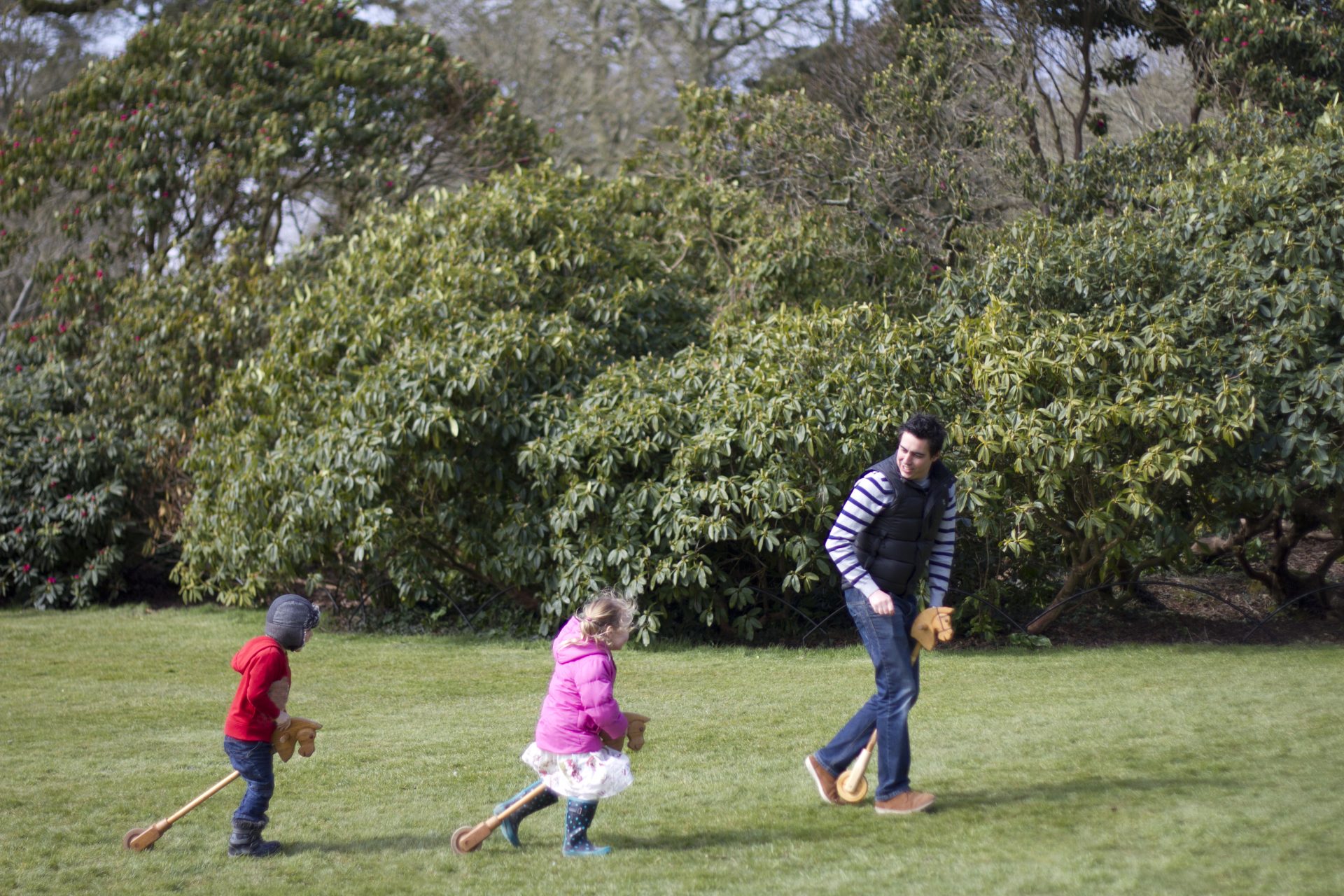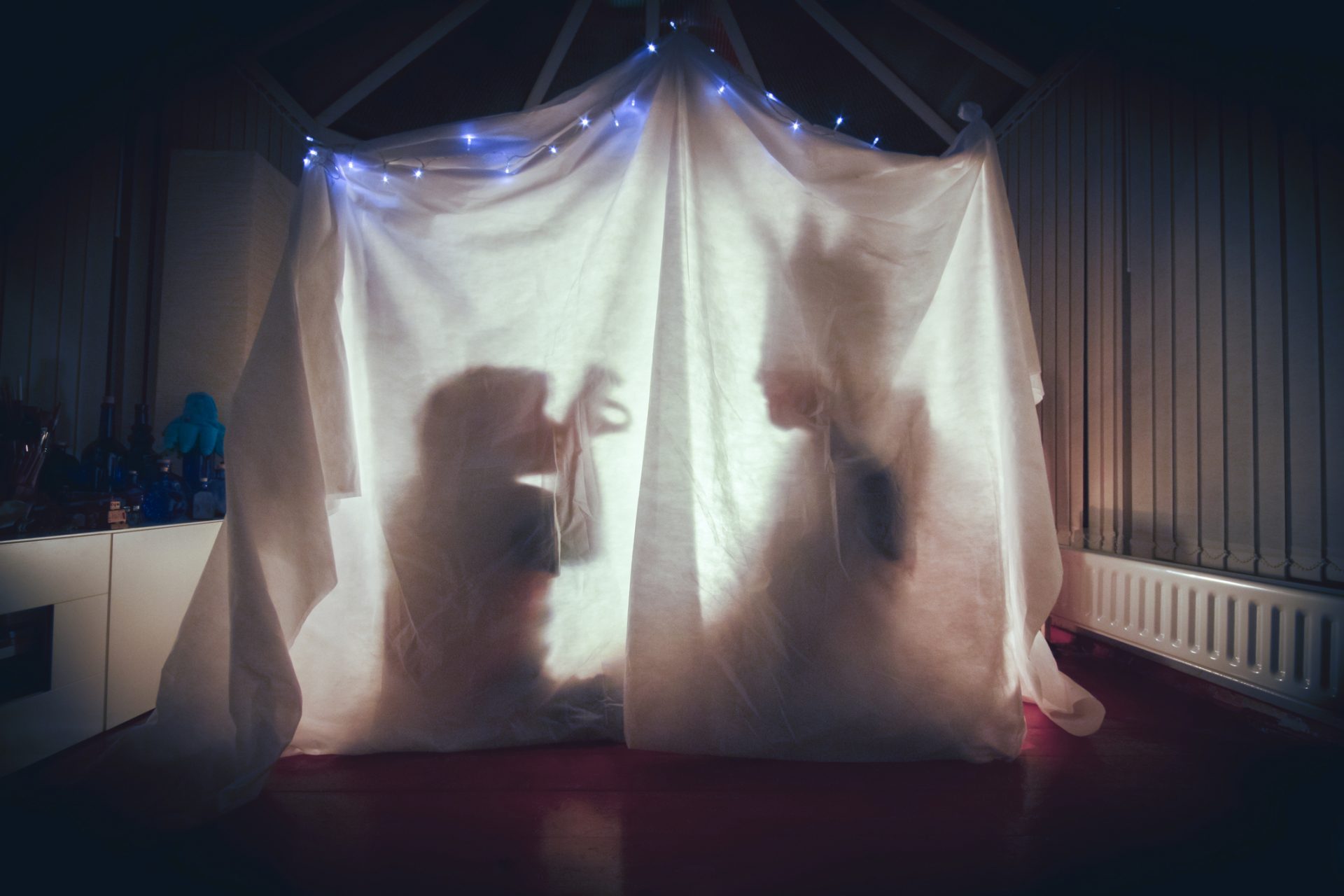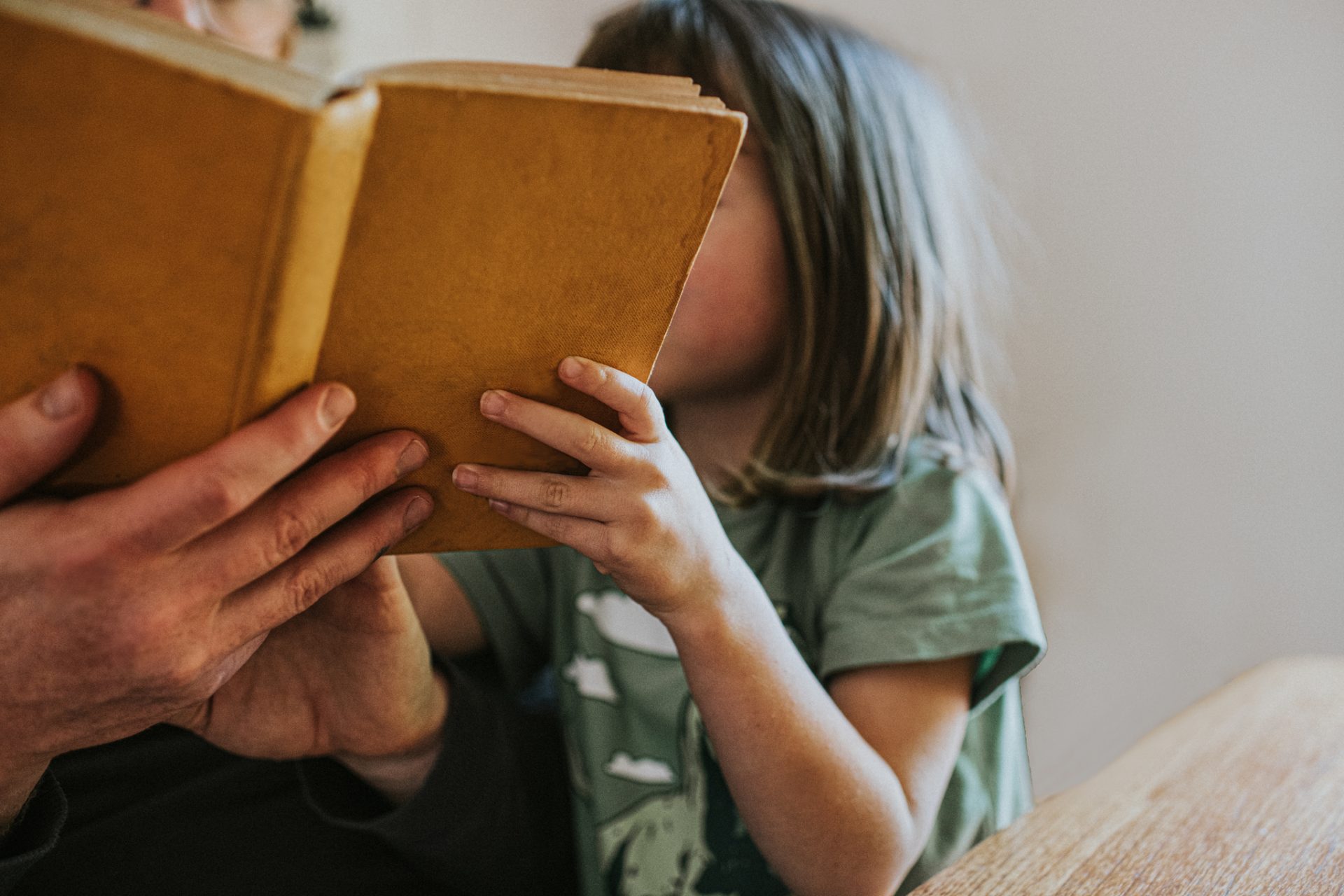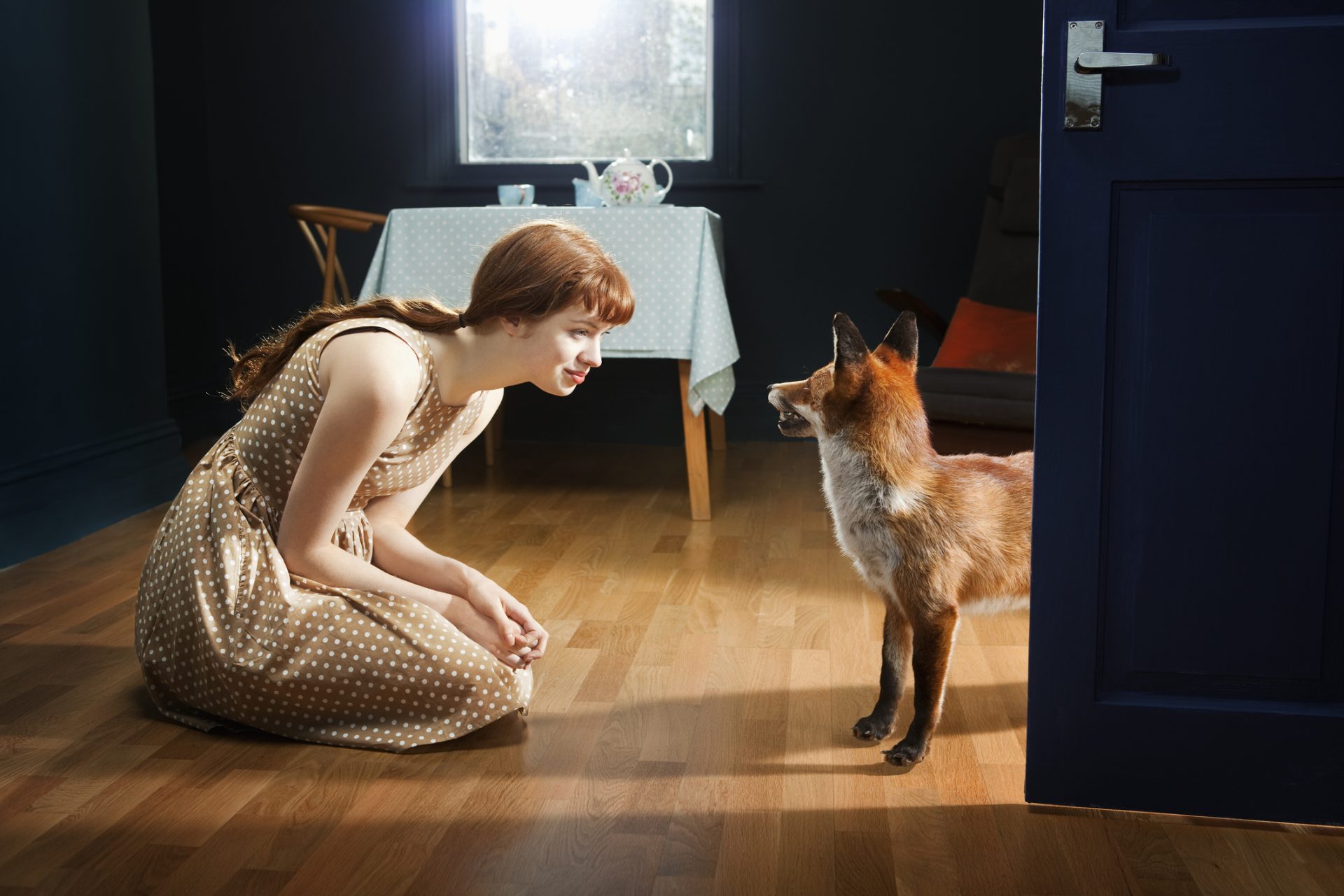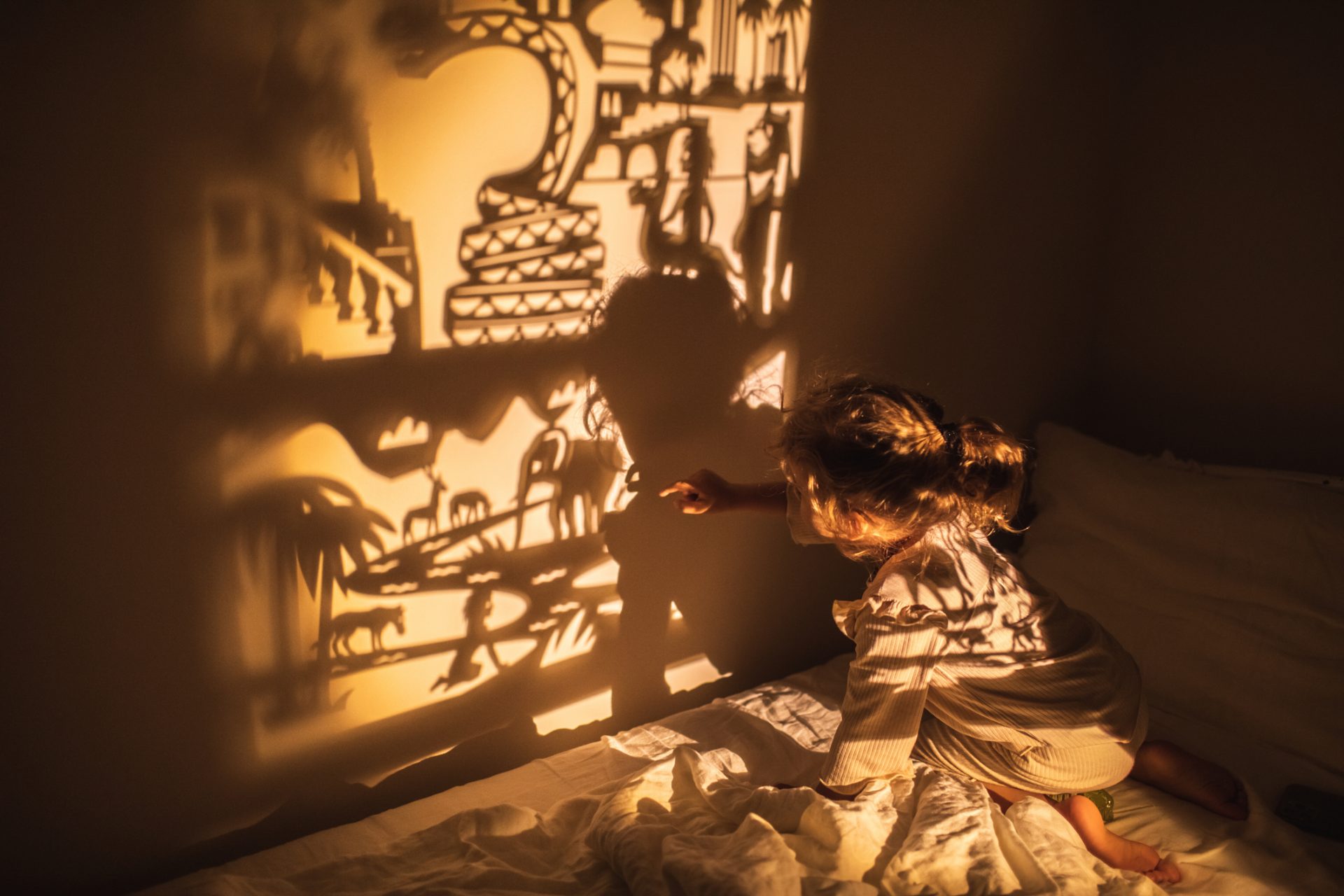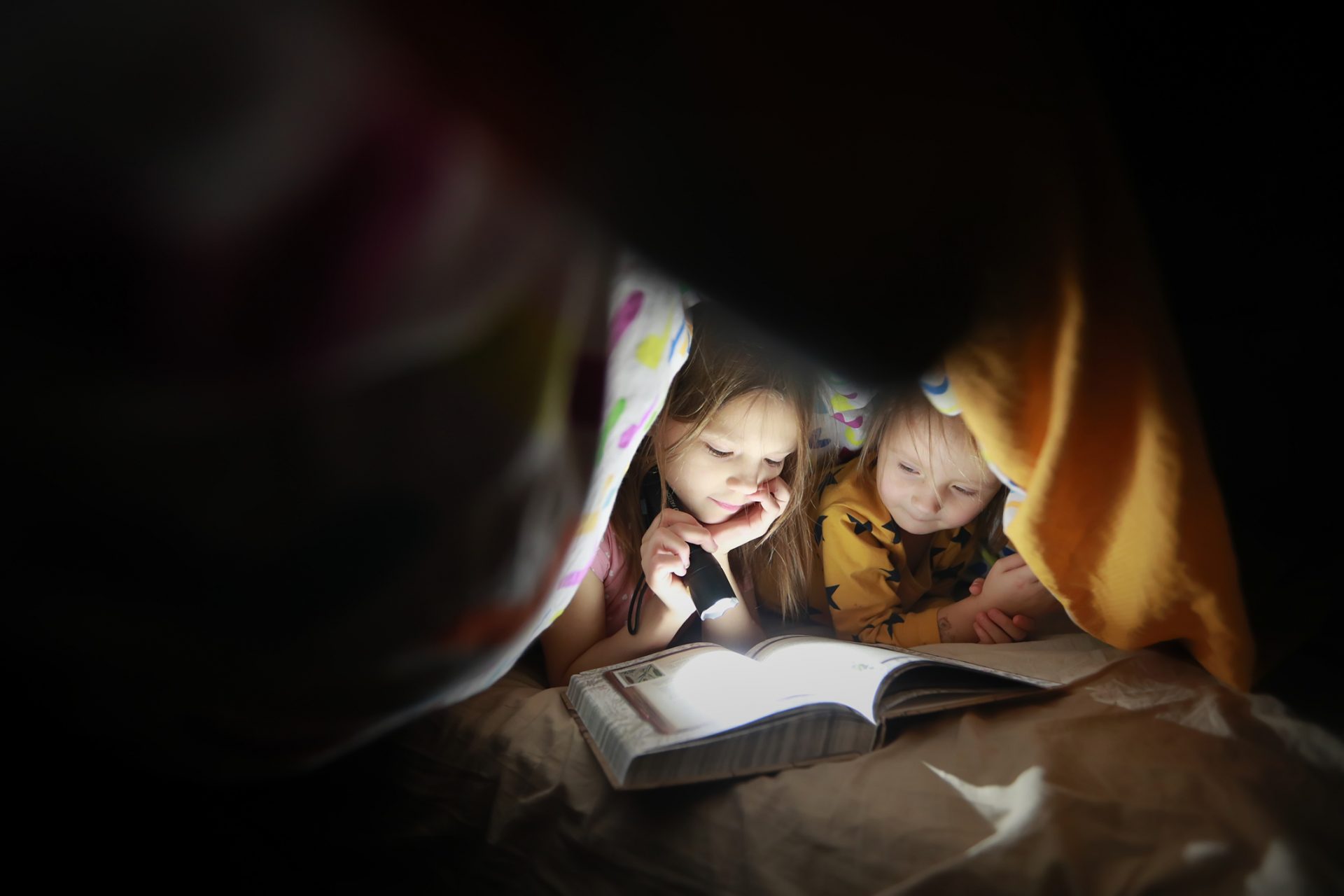Dressing up as a Disney Princess is only positive research discovers
Children love to dress up as their favorite Disney characters but a new study has found that letting your child transform into a princess can work wonders for their self-image.
Pretending to be a Disney princess not only influences a young child’s body confidence but it can also have a big impact on diversifying the way children play, according to the study, which was first published in the journal Psychology of Popular Media.
Photo Credit: Unsplash by Church of the King
The researchers classified princesses by their different body types and discovered that children favored the group of princesses they defined as “average-bodied” like Moana.
Photo Credit: Unsplash by Rayyu Maldives
There were several other body sizes defined by researchers which included thin-sized princesses like Jasmine from Aladdin, as well as average, above average, and heavy.
Photo Credit: Unsplash by Lawrence Crayton
Elsa proved to be the most popular princess for both boys and girls while Moana came in second place and Elsa’s sister Anna from Frozen was the third most popular choice.
Photo Credit: Unsplash by billow926
A press release on the new research noted that favoring a thin-bodied princess did not adversely affect a child’s body image or play style, which was a very interesting finding.
“A lot of people are concerned about Disney princesses having a negative effect on children’s body image,” study lead author and post-doctoral researcher at the University of California Davis Jane Shawcorft explained to PsyPost.
Photo Credit: Unsplash by Brian McGowan
“This is usually because the princesses are generally extremely thin. This research adds a lot of nuance to that picture,” Shawcroft continued.
The findings challenged the common criticisms of Disney princesses that portrayed the fantasy characters as having a negative impact on children according to the press release.
Shawcroft and her fellow researcher’s study show parents really shouldn’t be concerned with letting their children dress up as their favorite Disney princesses since favoring one of Disney’s thin-bodied princesses did nothing to affect a child’s own body image.
Even more interesting was the finding that favoring average-bodied princesses actually added a positive element to a child’s play and diversified the ways in which they played.
“Princesses with average body size created a protective effect,” Shawcroft said, adding that the dressup strengthened “how confident children feel about their own bodies.”
Moreover, this protective effect led children to play in different ways according to Shawcroft that made children more physically active in the stories they were acting out.
“They’re running and climbing enormous mountains and fighting things,” said Shawcroft. “For these princesses, their stories are more about what they can do with their bodies than how their bodies look.”
More importantly, the study showed that adults should take the childhood love of Disney princesses far more seriously since they’re extremely important to the kids who play-act as their favorite princesses.
“Disney princesses really matter to young children, and we should also recognize that media centered on women and that tell women’s stories are important.” Shawcroft said.
More for you
Top Stories



